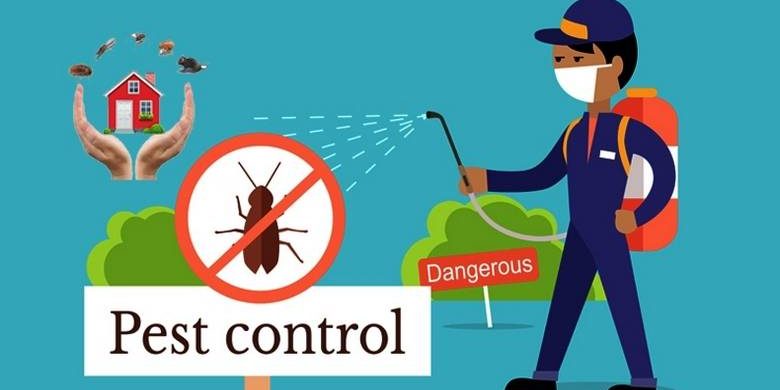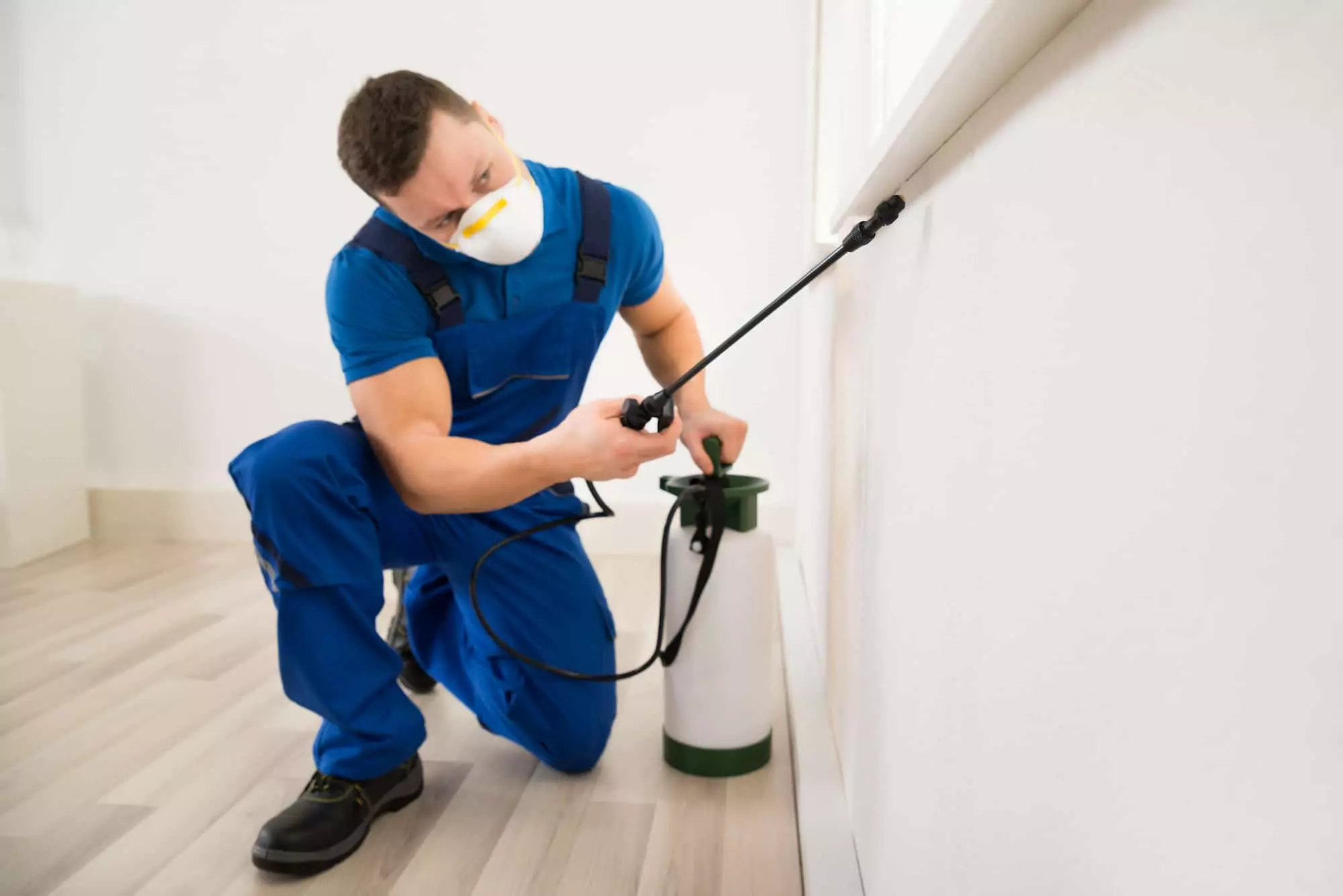Custom-made Pest Control Homestead Program for Optimum Defense
Custom-made Pest Control Homestead Program for Optimum Defense
Blog Article
Discover the Tricks of Parasite Control: How It Functions and Refine Exposed
Parasite control is a meticulous method that entails a deep understanding of pest habits, critical planning, and exact implementation. From determining the root triggers of invasions to executing customized control procedures, the procedure of pest control is a blend of science and technique aimed at preserving a harmonious atmosphere.
Pest Actions Recognizing
Understanding the complex habits of insects is crucial for reliable insect control management. By delving right into the routines and patterns of various pests, professionals can create targeted strategies to get rid of invasions and protect against future incidents. For instance, the actions of cockroaches, such as their preference for moist and dark environments, guides pest control specialists in figuring out where to concentrate therapy efforts. Recognizing that rodents are nocturnal animals helps in setting up catches and baits throughout the most active hours. Furthermore, understanding the reproductive cycles of bugs like ants help in disrupting their nests' development.
By remaining abreast of the most recent research study on pest habits, parasite control professionals can constantly improve their approaches and remain ahead of developing pest populaces. Ultimately, a deep understanding of bug behavior is a cornerstone of effective insect control monitoring.

Examination and Identification Techniques
Effective bug control monitoring counts heavily on thorough evaluation and precise recognition techniques to accurately create and analyze problems targeted obliteration approaches. Assessment includes a comprehensive assessment of the property to figure out the extent of the parasite trouble, identify the type of bug present, and find potential entry points. This process might consist of visually checking typical hiding spots, using tracking tools such as electronic cameras or catches, and analyzing pest droppings or damage indicators.
Identification is an essential step that adheres to evaluation, as different pests call for certain treatment methods. Insect control specialists utilize their knowledge and understanding of parasite behavior to recognize the varieties present precisely. This might involve analyzing physical attributes, such as size, color, and markings, along with examining the pest's habits and environments. Sometimes, examples may be gathered for further analysis in a lab to confirm the parasite species.
Pest Control Procedures Execution
Having carefully examined and properly recognized the bugs present, the next important step is the application of targeted bug control procedures to successfully eliminate the problem. Chemical therapies involve the usage of pesticides to remove bugs, while biological controls present all-natural killers to manage parasite populaces.
Proper application of pest control steps needs expertise to ensure the safety of residents and the environment. By employing targeted pest control actions, infestations can be effectively eradicated, creating a much healthier and pest-free setting.
Environmental Impact Factors To Consider
Careful analysis of the possible ecological effect is an important aspect when executing bug control procedures. Parasite control methods can have different results on the atmosphere, consisting of non-target varieties being impacted, contamination of dirt and water sources, and disruption of the environment. It is important to consider these variables to lessen any negative repercussions on the atmosphere.
To alleviate ecological impacts, integrated parasite management (IPM) techniques are commonly suggested. IPM concentrates on utilizing a mix of methods such as biological control, habitat adjustment, and the targeted use chemicals as a last resource. Pest Control Homestead. By employing an all natural technique, IPM aims to control parasites effectively while minimizing injury to the environment

Ongoing Tracking and Prevention
Continual monitoring and prevention play crucial roles in keeping effective pest control approaches with time. Once preliminary pest additional resources control steps have been implemented, ongoing surveillance becomes important to track bug task degrees and guarantee that the selected approaches are working efficiently. Regular assessments by skilled specialists enable for the early discovery of any signs of bug revival, making it possible for swift activity to be taken navigate to these guys prior to the infestation escalates.
Safety nets are equally crucial in sustaining a pest-free environment. Implementing approaches such as securing access factors, preserving cleanliness, appropriate waste monitoring, and lowering resources of food and water rob insects of the essentials they need to thrive. By proactively dealing with these factors, the possibility of a bug infestation is significantly minimized.
Furthermore, safety nets add to the lasting success of parasite control initiatives, minimizing the requirement for reactive therapies and connected costs. By including recurring monitoring and prevention into a comprehensive bug monitoring plan, people and services can efficiently guard their properties versus unwanted burglars.
Final Thought
In conclusion, bug control includes understanding pest actions, carrying out thorough assessments, carrying out control measures, considering ecological influences, and keeping ongoing monitoring and prevention. By complying with these actions, bug problems can be properly handled and controlled. It is necessary to take a positive technique to pest control to safeguard both human wellness and the environment.
By remaining abreast of the newest research on pest behavior, pest control professionals can constantly improve their techniques and remain in advance of developing pest helpful hints populations.Having actually thoroughly evaluated and accurately identified the pests existing, the following critical action is the implementation of targeted insect control actions to properly remove the problem.In addition, picking eco friendly parasite control items and techniques can dramatically reduce the environmental impact of insect administration techniques - Pest Control Homestead. When preliminary bug control procedures have been carried out, continuous monitoring comes to be necessary to track insect task levels and guarantee that the chosen techniques are working effectively.In conclusion, pest control includes understanding parasite behavior, carrying out comprehensive assessments, applying control procedures, thinking about environmental effects, and maintaining ongoing tracking and prevention
Report this page